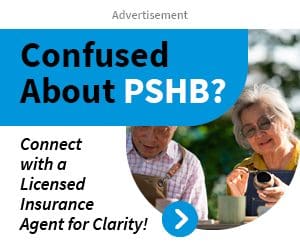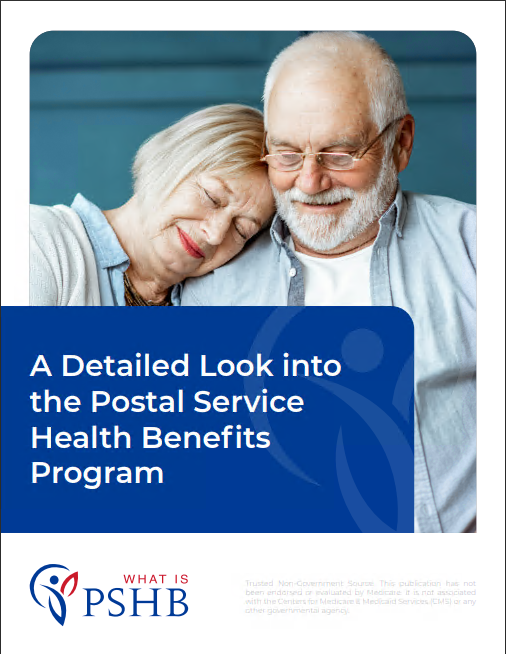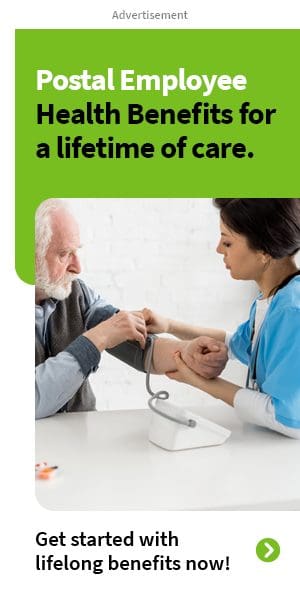Key Takeaways
- PSHB Open Season offers USPS employees and retirees a chance to enroll in new health plans specifically designed for postal workers.
- Medicare Integration: Medicare-eligible postal retirees may need to enroll in Medicare Part B to maintain their health coverage.
Welcome to PSHB Open Season: Here’s What You Need to Know
The time has come for the first-ever Postal Service Health Benefits (PSHB) program Open Season. If you’re a USPS employee, annuitant, or eligible family member, this is a critical opportunity to explore your health plan options for 2025. With the transition from the Federal Employees Health Benefits (FEHB) system to the new PSHB program, you may have questions about how this change affects your coverage, costs, and choices moving forward.
To help you navigate PSHB Open Season with confidence, let’s break down the essentials, including important dates, enrollment requirements, and tips to make the most of this new program.
Why This Open Season is Different
For the 2025 benefits year, Open Season runs from November 11 to December 9, 2024. This period allows postal workers and retirees to review their health plan options, make adjustments, and ensure they have the coverage that meets their needs. Unlike the traditional FEHB system, PSHB plans are specifically designed with USPS employees and retirees in mind, which may impact plan benefits, costs, and Medicare integration.
Key Dates and Deadlines to Mark
- Open Season Start Date: November 11, 2024
- Open Season End Date: December 9, 2024
- Coverage Effective Date: January 1, 2025
Since this is the first PSHB Open Season, it’s a good idea to plan ahead and make any changes or enrollments well before the December 9 deadline.
Exploring Your Plan Options
1. Understanding Plan Types
During PSHB Open Season, you’ll see a range of plan types that may look familiar if you’ve previously been enrolled in FEHB. Some typical types of plans include:
- Health Maintenance Organizations (HMOs): Usually limited to a specific region, with care provided through a network of doctors and hospitals.
- Preferred Provider Organizations (PPOs): More flexibility in choosing providers, including out-of-network options at a higher cost.
- High Deductible Health Plans (HDHPs): Often paired with Health Savings Accounts (HSAs) for tax benefits and savings on out-of-pocket expenses.
Take your time reviewing these plan types to find the best fit for your health needs and financial situation.
2. Comparing Coverage Levels
While exploring PSHB plans, pay attention to differences in premiums, deductibles, and out-of-pocket maximums. Certain plans may offer lower premiums but higher out-of-pocket costs, while others might have more predictable monthly expenses. Evaluate the coverage levels based on your medical needs, medications, and how often you visit healthcare providers.
3. Key Features of PSHB Plans
Each PSHB plan has distinct benefits, so consider the specific needs of you and your family. Review plan options carefully to find benefits like:
- Preventive Care Coverage: Many plans cover routine checkups, screenings, and immunizations at no additional cost.
- Prescription Drug Coverage: Ensure that the plan offers the level of prescription coverage you need.
- Telehealth Services: Check if telehealth options are covered, especially if you prefer virtual care.
- Out-of-Network Benefits: Some plans allow flexibility for out-of-network visits, though typically at a higher cost.
Medicare and PSHB: What Postal Retirees Need to Know
If you’re a Medicare-eligible postal retiree or family member, there’s an important requirement to keep in mind for 2025: to maintain PSHB coverage, you may need to enroll in Medicare Part B. This rule applies specifically to Medicare-eligible retirees and family members who retire on or after January 1, 2025, and are not already enrolled in Part B.
Key Medicare Integration Points
- Who Needs Part B? Most Medicare-eligible retirees and their dependents will need to enroll in Medicare Part B to remain eligible for PSHB coverage.
- Enrollment Exceptions: Those who retired before January 1, 2025, may not need to enroll in Part B if they are already covered by FEHB.
- Late Enrollment Penalty: If you’re eligible but haven’t yet enrolled in Part B, consider signing up during the Medicare General Enrollment Period (January 1 – March 31 each year) to avoid potential late penalties.
It’s essential to review this requirement, as enrolling in Part B can also help lower certain out-of-pocket costs in combination with PSHB coverage.
Automatic Enrollment: What It Means for You
To ease the transition, if you’re currently enrolled in an FEHB plan, you will be automatically enrolled in a comparable PSHB plan for 2025. This means that even if you don’t actively select a new plan, your health coverage will carry over to a similar PSHB plan.
Why You Should Still Review Your Options
While automatic enrollment is convenient, it’s still worth reviewing the PSHB plans available to ensure your plan is the best fit for you. There could be differences in premiums, coverage, and networks, so don’t assume that automatic enrollment provides identical benefits to your previous plan. Consider:
- Coverage Differences: Check for any new benefits or changes in provider networks that might impact your care.
- Cost Variations: Premiums or deductibles may differ, so review your budget to see if a different plan might better suit your needs.
How to Enroll or Make Changes
During Open Season, USPS employees, retirees, and eligible family members can enroll in a PSHB plan or make changes online. The Office of Personnel Management (OPM) offers a dedicated PSHB portal where you can compare plans, review benefits, and make selections.
Key Steps for a Smooth Enrollment
- Gather Essential Information: Have your USPS or annuitant ID number handy, as well as details about any family members you wish to cover.
- Use the Online Comparison Tool: Many online resources provide plan comparison tools to simplify reviewing plan benefits, premiums, and out-of-pocket expenses.
- Confirm Your Enrollment: After making your selection, double-check your enrollment details to ensure everything is correct before the December 9 deadline.
Making the Most of Your Benefits
Once you’ve enrolled in a PSHB plan, be sure to take advantage of your benefits, especially those that are new or unique to the PSHB program. Here are some tips to get started:
- Preventive Care Visits: Schedule annual checkups, vaccinations, and screenings early in the year to stay on top of your health.
- Utilize Telehealth: If telehealth services are included, this can be a convenient option for minor health issues or consultations.
- Review Your Prescription Coverage: Some plans offer enhanced prescription benefits or mail-order options, which may be convenient and save you money over time.
A Few Tips to Keep In Mind
- Plan Ahead for Medicare Enrollment: If you’re approaching Medicare eligibility, research enrollment options to align with your PSHB plan.
- Update Your Information: Make sure your contact details are up-to-date with USPS and OPM to receive all relevant notifications.
- Review Annually: Even if your current plan works for you, it’s wise to review your options each Open Season to ensure you’re getting the most value.
Navigating the Transition to PSHB
The introduction of the PSHB program is a significant shift, especially for USPS retirees who may need to navigate new requirements with Medicare. Take time to review all available options, especially if you’re impacted by the Medicare Part B enrollment requirements. Staying proactive and informed during this transition will help you secure the best possible coverage and maximize your benefits for the coming year.





